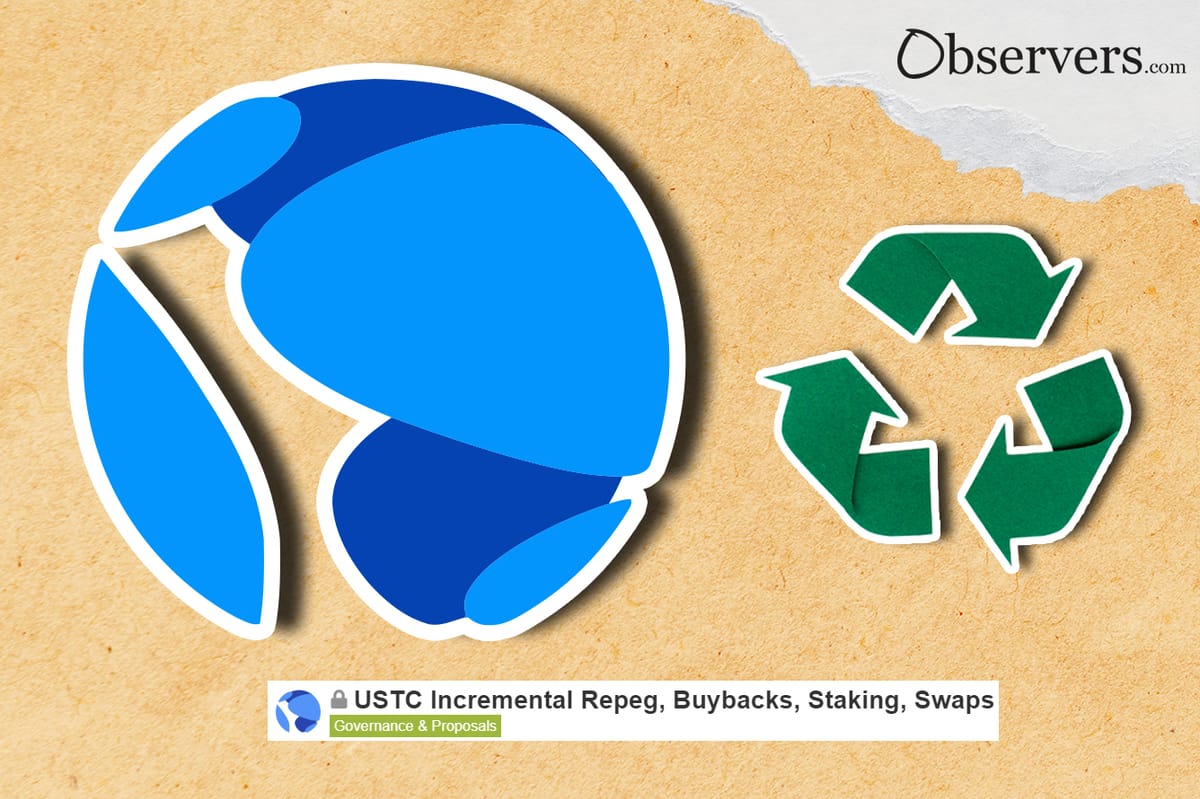Terra Community Wants It Back
A year after the collapse of the Terra UST, its followers still retain hope for its revival and actively propose new schemes. Is this a new forum for innovations or a victim club?
A year after the collapse of the Terra UST, its followers still retain hope for its revival and actively propose new schemes. Is this a new forum for innovations or a victim club?

Despite the epic collapse of their project, the Terra community chat is running and still active. There are daily discussions about routine development tasks, coding grants and updates.
The most popular discussions are, however, around the proposals to revive the UST stablecoin's $1 peg.
Most of the re-peg proposals have suggested so-called 'burning' of the project's stability token Luna. Burning is done by sending tokens to an account with destroyed private keys, making them forever inaccessible.
Terra activists believe that bringing the current 6 trillion (!) circulating Luna tokens back down to its pre-crash 300 million would help with the project economics. However, people only want others to sacrifice their tokens to help their token price increase. Exchanges have also shown little desire to help with the burning. Consequently, during the past 12 months only a small amount of tokens were burned.
However, on April 11, an interesting proposal to revive the USTC peg was submitted to the Terra community. Unlike the usual "you burn - I profit" scheme, the author proposed a scheme called a divergence protocol.
The divergence protocol (not to be confused with the namesake project) is an update that will disincentivize the selling of coins that fall below their reference target. Before this, anyone could return USTC to Terra protocol at its nominal price and get $1 of Luna coins. After implementation, such sellers would be 'punished' by the difference. For example, if the coin is trading at $0.95 the seller to Terra protocol will get only $0.9.
The difference will be automatically used by the protocol to buy back some USTC from the market, creating pressure for the token's price to go up and retain the peg.
Of course, besides trades with the protocol, there are so-called 'off-the-curve' trades, when tokens are traded on CEX and DEX markets. The author proposes to extend the update to these as well. While for DEXs it is technically possible, forcing CEXs to charge a special fee on trades is rather complicated. The author of the proposal suggests incentivizing centralized exchanges by sharing some portion of that fee, or if that doesn't work, blacklisting their addresses.
According to the plan, the divergence protocol is not only a feature to maintain the peg, but could effectively be used to fund the repeg of the coin. The proposal gives a calculation of a possible step-by-step increase of the token price by this method.
So, in essence, the proposal that has received so many responses on the Terra forum, was based on the idea to punish sale of a stressed item and fund its price increase with the penalty funds.
The person behind the proposal was someone who calls himself RedlineDrifter from "Ex Terra Rebels" - Algo/Quant Team

Calling the algo coin an element of the decentralized economy, the author of the proposal also referenced the words of another visionary, the head of Binance, CZ, who recently called Do Kwon's ideas "right, but just failed miserably on execution".
After the collapse of Terra/UST many researchers, including within the community, were pointing at the extremely low chances for the former stablecoin to repeg and warning others from investing in the project. Because of that, the decision was made to issue a new stablecoin, which also did not fly.
It seems after one year, the warnings are forgotten and some want to believe in magic. After all, money is a social construct. We will continue Observing Terra's forum in search of other bright ideas.